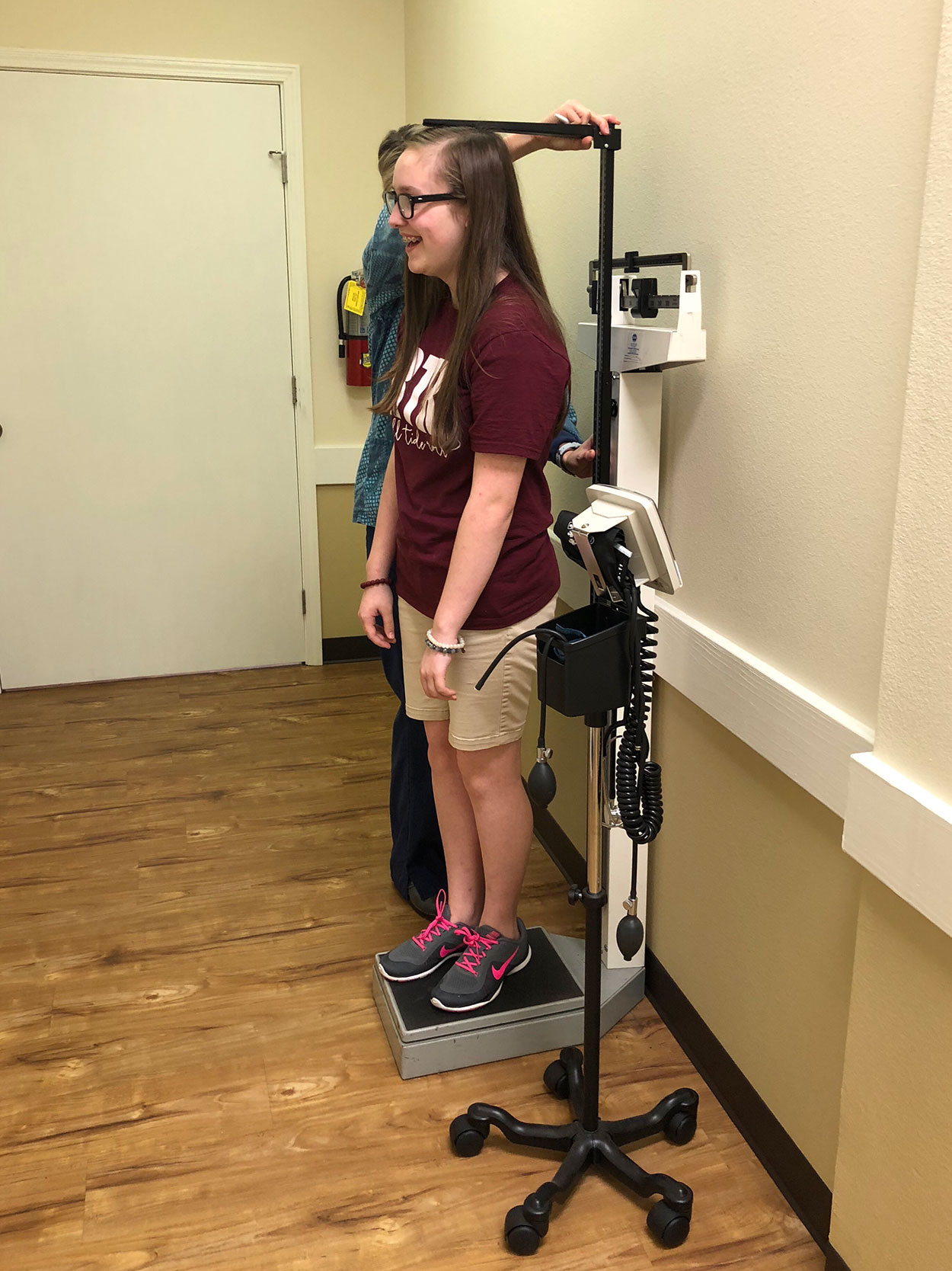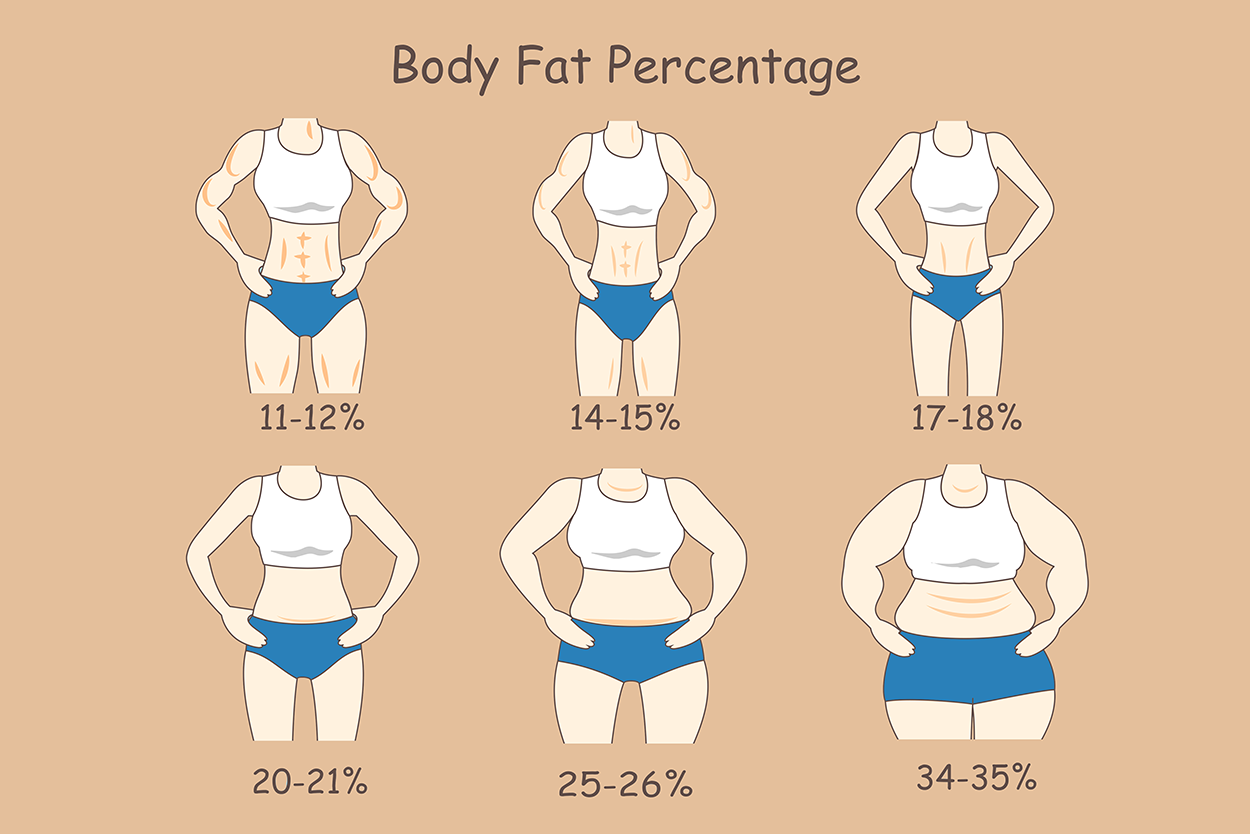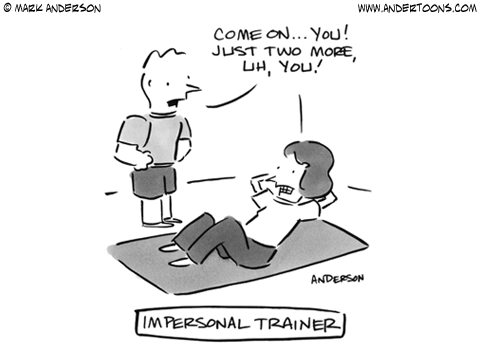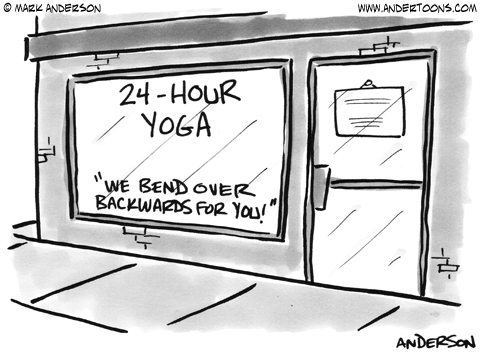 Ideal & Adjusted Body Weight
Ideal & Adjusted Body Weight
Enter your gender, height and weight then click calculate to find your estimated IBW and ABW.
More Helpful Weight-Related Calculation Tools
- weight loss goal - see how long it will take you to reach your ideal weight
- calorie burn rate - see how many calories you burn doing various activities
Basic Background Information
For simplicity sake, we use the following formulas, but there are a number of different formulas used to calculate ideal body weight.
- MEN: IBW (kgs) = 22 x (height in meters)2
- WOMEN: IBW (kgs) = 22 x (height in meters - 10cm)2
A person is considered obese if they weigh 30% above their ideal body weight.
The World Health Organization (WHO) recommends both men and women to keep their BMI between 18.5 to 25.
Adjusted body weight is used for drug dosing measurements.
Adjusted body weight = IBW + 0.4 * ( actual weight - IBW)
Conversion factors
- 1 Pound = 0.4536 Kilogram
- 1 Inch = 2.54 Centimeters
Additional Formulas
G. J. Hamwi's Formula from 1964
- men: 48.0 kg + 2.7 kg per inch over 5 feet
- women: 45.5 kg + 2.2 kg per inch over 5 feet
B. J. Devine's Formula from 1974
- men: 50.0 kg + 2.3 kg per inch over 5 feet
- women: 45.5 kg + 2.3 kg per inch over 5 feet
J. D. Robinson's Formula from 1983
- men: 52 kg + 1.9 kg per inch over 5 feet
- women: 49 kg + 1.7 kg per inch over 5 feet
D. R. Miller's Formula from 1983
- men: 56.2 kg + 1.41 kg per inch over 5 feet
- women: 53.1 kg + 1.36 kg per inch over 5 feet
Guide to the Ideal Body Weight: Calculating and Reaching It
- Guide Authored by Corin B. Arenas, published on August 20, 2019

Having a healthy weight doesn't just make people look and feel good. It helps men and women live longer, disease-free lives.
For years, we've been warned that excess pounds increase the likelihood of illness. The Center for Disease Control and Prevention (CDC) notes that there are many health problems associated with obesity, including stroke, heart disease, type 2 diabetes, certain types of cancer (pancreatic cancer, breast cancer, colorectal cancer), and even premature death.[1]
While other people may not experience its effects now, weighing too much can certainly be detrimental especially as you age.
The World Health Organization (WHO) states obesity rates have almost tripled worldwide since 1975. [2] Today, the State of Obesity Organization reports that the projected annual cost of obesity in the United States alone is $147 billion to 210 billion USD. This makes medical bills cost about $1,429 more expensive for obese patients compared to people with normal weight.[3]
2016 WHO Obesity and Overweight Statistics [2]
- 13% of the world's population were obese in 2016. That's 11% of men and 15% of women.
- Over 1.9 billion adults 18 and up were overweight. 650 million of those adults were obese.
- 41 million children below 5 years old were obese of overweight in 2016.
- More than 34 million children and adolescents 5 – 19 years old were obese or overweight.
To help prevent this health problem, physicians commonly advise patients to manage their weight. How do you know you're too heavy? For starters, try our above ideal weight calculator to know if you're within a healthy range.
What is the Ideal Weight?
Achieving the right number on the weighing scale involves different factors. It includes your height, muscle-fat ratio, body fat distribution, gender, and other physiological conditions.
There are several ways you can determine your ideal weight. The most common methods are:
- Body Mass Index (Weight and Height)
- Waist-to-Hip Ratio (WHR)
- Body Fat Percentage
While using these methods can provide you with a good estimate, it's important to note that one result may not necessarily mean you're unhealthy or fit. Each individual is different, so it's best to know how to use each method to address issues that are particular your body type.
How to Calculate Your Ideal Weight
Body Mass Index (BMI)

According to the National Institutes of Health (NIH), you can determine if your weight is within ideal range by measuring your Body Mass Index (BMI). This calculation basically measures your weight in relation to your height to determine your overall mass. It's also one of the most common tools used to check if a person has the appropriate weight.[4]
To calculate, get the weight in kg and divide it by the height in m2 or meters squared.
BMI = kg / m^2
Or you can use this BMI calculator.
The NIH classifies adults 20 years old and above under this scale:
- Underweight = BMI below 18.5
- Normal = BMI between 18.5 – 24.9 (considered ideal)
- Overweight = BMI between 25 and 29.9
- Obesity = BMI of 30 or more
It's a simple scale, leading one to think a very high BMI indicates being overweight and in poor health. On the other hand, very low BMI is also a sign you may have health problems[5], some of which include:
- Weakened immune function
- Iron deficiency anemia
- Bone loss
What's Missing with BMI?
This method only accounts for a person's height in relation to weight. It overlooks equally important factors such as the portion of muscle mass, fat distribution and proportion, and waist or hip measurements.
For instance, a fit athlete can have a high BMI despite having very low body fat. This is because athletes are inclined to have more muscle mass. In this case, high BMI and more muscle does not mean the athlete is overweight.

In other cases, age and sex may also reflect unequal results. For example, women tend to have more body fat compared to men. Having a higher tendency to store fat does not necessarily mean women have greater health risks compared to men. Older people also commonly store more fat than younger adults.
While BMI provides a general estimate for the right weight, it should not be the only way to measure if a person has a healthy weight or has excess pounds.
Waist-to-Hip Ratio (WHR)

This measurement checks how much fat is stored around your hips, waist, and buttocks. It basically compares your hip circumference with your actual waist size.
You can get your waist-to-hip ratio with the help of your doctor, or you can do it yourself with a measuring tape. Just follow these steps:
- To get hip circumference – Take the measuring tape and put it around the widest part of your hips and buttocks.
- To get waist circumference – Take your measuring tape and breathe normally. Once you breathe out, wrap the tape around the smallest part above your belly button. This is your natural waist line.
- To calculate WHR, divide your waist circumference (WC) by your hip circumference (HC).
WHR = WC/HC
Take note that a healthy hip-to-waist ratio is different for men and women. According to a study by the WHO, a good ratio is 0.9 or less for men, and 0.85 or less for women.[6]
Furthermore, having a WHR of more than 1.0 can increase the chances of getting heart disease and other conditions related to being overweight for both men and women.
Waist-to-Hip Ratio Risk Chart
| Risk to Health | Men | Women |
|---|---|---|
| Low | 0.95 or less | 0.80 or less |
| Moderate | 0.96 – 1.0 | 0.81 – 0.85 |
| High | 1.0 or above | 0.86 or above |
This method is specifically useful for checking obesity in older adults. A report published in the National Health Services (NHS) suggests that calculating WHR can be more accurate than BMI in determining risk for heart disease and premature death.[7] The study included 15,000 adults—also those with normal BMI—that have high WHR associated with risk of premature death.
What's Missing in WHR?
Finding your WHR can be inaccurate, especially because you need to take to measurements. It's also difficult to get a precise measurement of your hips. For instance, you might have higher WHR because you gained weight around your abdominal area. That weight can either be fat or more muscle around your hips due to exercise.
Moreover, the WHR method isn't accurate when used by people below five feet tall. It also doesn't precise measurements with people who have BMI of 35 and above.
Body Fat Percentage

In measuring your body fat percentage, you must divide the weight of your body fat (WBD) by your total weight (TW).
BFD = WBD / TW
The most accurate way to calculate your body fat percentage is to submerge your body in a tank of water. This requires medical assistance and can be expensive.
If you want to get it manually, the results may not be very precise. You must measure the following:
- Height
- Weight
- Waist and hip circumferences
- Wrist and forearm circumferences
There are also tools like calipers that measure the amount of fat around your waist. Special censors and scales can also give you a body fat estimate.

According to the American Council of Exercise (ACE), it is healthy to have 2% to 4% of essential body fat composition for men, and 10% to 13% for women.[8]
However, it's important to remember that total fat percentage still depends on your body type and activity level. The ACE recommends the following scale:
| Activity Level | Male | Female |
|---|---|---|
| Athletes | 6 - 13% | 14 - 20% |
| Fit non-athletes | 14 - 17% | 21 - 24% |
| Acceptable | 18 - 25% | 25 - 31% |
| Overweight | 26 - 37% | 32 - 41% |
| Obesity | 38% or more | 42% or more |
ACE Body Fat Percentage and Activity Level
Arming yourself with the knowledge will help you better control your weight. But aside from shifting to a healthy diet and controling your meal portions, it's crucial to start getting active. Here are the top exercises you should try for effective weight loss.
Best Exercises for Weight Loss
Cardiovascular or Aerobic Workouts

While exercise is commonly recommended for losing weight, people should really focus more on fat loss.[9] It's true you can lose weight from cutting down sweets and carbs and eating more vegetables into your diet. However, without exercise, you can lose significant amount of muscle which your body needs. Here are the top 2 exercises you should do to help you lose extra pounds.
Cardio or aerobic exercises are the most popular and effective way to lose fat.
Cardio workouts involve running, walking, cycling, swimming, or any continuous movement that burns calories and keeps your heart rate up.
You can do High Intensity Interval Training (HIIT) at least 15 to 20 minutes a day and still see noticeable results. If you can't workout everyday, try walking up and down the stairs. You won't lose pounds overnight, but it will definitely come in the long run. Increasing your daily movement will have an impact on your health, especially if you're the type who works in an office sitting all day.
Weight Lifting

Weight training may not burn as much calories as cardio workouts, but it's most effective in helping maintain your muscle mass during weight loss.
Moreover, higher muscle mass helps increase your metabolism, which in turn allow you to burn more calories even when you're at rest.[10]
Therefore lifting weights, also known as resistance training, helps you maintain muscle mass and strength to help keep the weight off.
Best Low-Impact Exercises You Should Try
For people who have joint problems, it's essential to start slow and try low-impact exercises. Some obese patients are also encouraged to start slow before moving to more moderate exercises.
Low-impact exercises warms up your muscles and joints to help them become more flexible as you become more active. This decreases the risk of bone and muscle injury, as well as body aches and pains.
According to Health.com, here's a list of low-impact workouts that can help prevent serious injuries:
- Cycling (stationary or outdoor)
- Elliptical training
- Swimming
- Kettlebell workouts
- Rowing
- Power Yoga
Taking Care of Your Health
There are many ways for you to track your ideal body weight. However, most of these methods aren't accurate when done alone at home.
It's always better to consult your doctor for accuracy. Also consider having a thorough physical exam to rule out any other health conditions.
Losing extra pounds is not an easy journey, but with the right tools and a good support group, you can definitely achieve your fitness goals.
About the Author
Working as a health writer since 2016, Corin is interested in longevity research and how to improve the quality of human life. She holds a Master’s degree in Creative Writing from the University of the Philippines, one of the top academic institutions in the world, and a Bachelor’s in Communication Arts from Miriam College. Her other feature articles can be read on Inquirer.net and Manileno.com.
References
- https://www.cdc.gov/obesity/data/adult.html
- https://www.who.int/news-room/fact-sheets/detail/obesity-and-overweight
- https://www.stateofobesity.org/healthcare-costs-obesity/
- https://www.nhlbi.nih.gov/health/educational/lose_wt/BMI/bmicalc.htm
- https://www.healthline.com/health/body-mass-index#5
- https://apps.who.int/iris/bitstream/handle/10665/44583/9789241501491_eng.pdf
- https://www.nhs.uk/news/obesity/normal-bmi-with-a-big-belly-deadlier-than-obesity/
- https://www.acefitness.org/education-and-resources/lifestyle/tools-calculators/percent-body-fat-calculator
- https://www.ncbi.nlm.nih.gov/pubmed/16526835
- https://www.ncbi.nlm.nih.gov/pubmed/2243122
A Couple Exercise Cartoons


Change privacy settings

